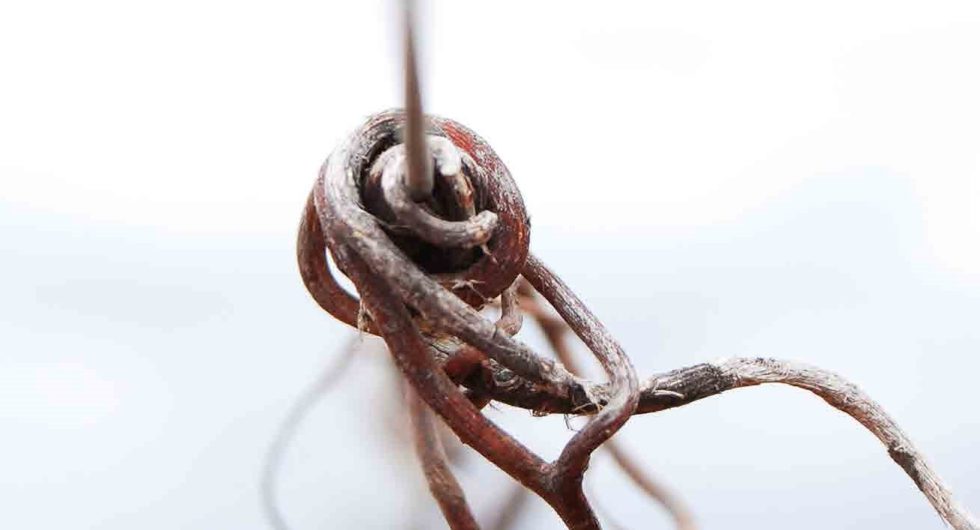The vine’s growth cycle
Flowering and fruit set


You must be old enough to consume alcohol legally in your country of residence.
Enter in the websiteFlowering and fruit set

Unlike annual crops, the vine is a perennial plant; a complex organism that has to be listened to and understood by the people that work it. Vine plants need to build up reserves so that they can grow and develop their vegetation, prepare to withstand the winter, and also reproduce by forming what truly interests us, namely grapes. In this context, there are two key phases in the vine’s reproduction cycle: flowering and fruit set.
In France, in June, winemakers are on high alert. Temperatures and sunshine levels are rising and flowering is on its way. The number of grape bunches was already determined in the previous year, within the buds. This process of flower induction depends on various parameters such as the grape variety, bud position, stem strength and climatic conditions. From budding in April, inflorescence constantly increases until flower caps emerge.
Then pollination begins. Fertilisation of the ovules produces seeds, around which berries form that eventually become grapes. Then comes fruit set, when the ovary turns into fruit, characterised by the ovary beginning to grow and the stamens drying out.
This period in the vine reproduction cycle is vital for winemakers, as it primarily determines the vintage’s yield. Although the number of bunches is predetermined by flower induction, the number of grapes can be strongly affected by the phenomena of shot berries and fruit drop. These develop if weather conditions are adverse during this period: shot berries during flowering, and fruit drop during fruit set. The phenomenon of shot berries is the accidental formation of grapes with no seeds, following a fertilisation anomaly. These grapes do not increase in size, but ripen normally. Fruit drop is a sudden dropping of young grapes, resulting in lower yields for winegrowers.
Today, incidences of late frost are becoming increasingly frequent in April, requiring winemakers to be increasingly attentive during this crucial phase of vine development.
By Pauline Milon – Oenologist